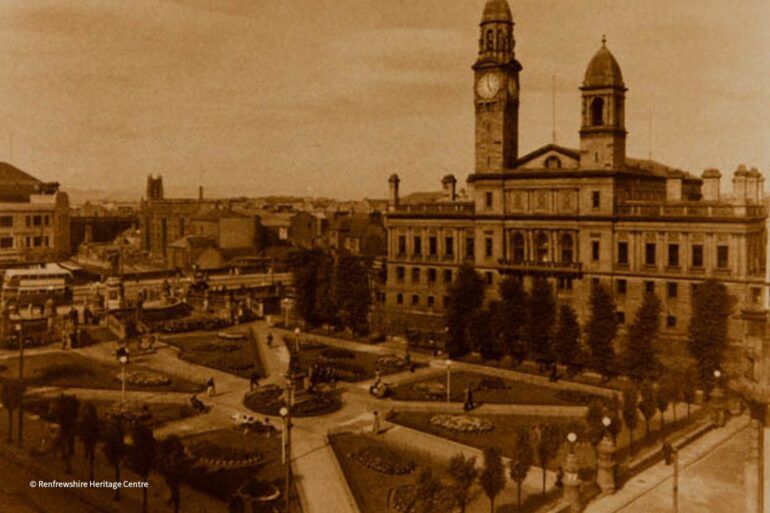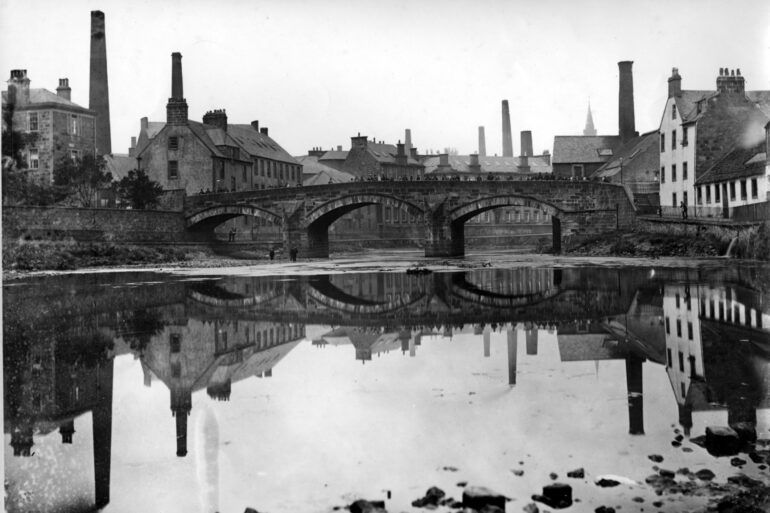Although it may have sprung up from humble beginnings, the course of history has taken Paisley from a small encampment that the Romans referred to as “Vanduara” to Scotland’s largest town.
While it is believed that the town’s patron saint, Saint Mirin erected a chapel in the 6th or 7th century and subsequently turned the area into one of Strathclyde’s central hubs for Christianity, the origins of the town as we know it today came in 1163 when the landmark of Paisley was built. Devised under the watchful eye of Steward of Scotland, Walter Fitz Alan. Over time, it would become the resting place of all six of the nation’s high stewards.
Paisley was originally envisioned as a village, but as the abbey began to transform the area into a hub of trade with other mercantile centres around Europe, the configuration of the area began to shift.
Sadly, 1307 would see the original incarnation of the abbey burnt down. However, it wouldn’t be long until it was rebuilt in the 15th century and, barring some restoration work from Peter McGregor Chalmers in the early 20th century, this is the landmark that we see before us today.
Despite gaining the dubious distinction of being the site of the last mass execution of witches in Western Europe, Paisley would come a long way from such archaic activity and by the 18th century, the flourishing industry that would place Paisley on the world stage was taking shape.
While neighboring Glasgow would lead the way in shipbuilding, Paisley would lead the way in the production of thread.
Spearheaded by the Clarks brother, the opening of their Seedhill mill in 1812 would lay the groundwork for the seismic boom period for the area that’d result in worldwide renown.
Retroactively referred to as “the town that thread built”, the mills, which eventually merged under the umbrella of J&P Coats, would become so synonymous with the exporting of shawls bearing the Persian “boteh” that it would come to be known under the new moniker of Paisley pattern.
At its height, J&P Coats was the third largest listed company in the world. Although the mills have long since ceased operation, the Coats family’s indelible impact can still be charted within the town’s architecture in the form of not just the awe-inspiring, Hippolyte Blanc-designed Coats Memorial church and the observatory on Oakshaw Street that is the oldest of its kind in the country.
Rather than being in a state of servitude to their bosses, Paisley garnered an adjoining reputation as a hub of political activism and even played a key role in the short lived but no less consequential radical war of 1820. In modern times, this spirit of resistance is celebrated at the annual festival, commemorating the town’s 19th century weavers who were victorious in a pay dispute with unscrupulous manufacturers.




